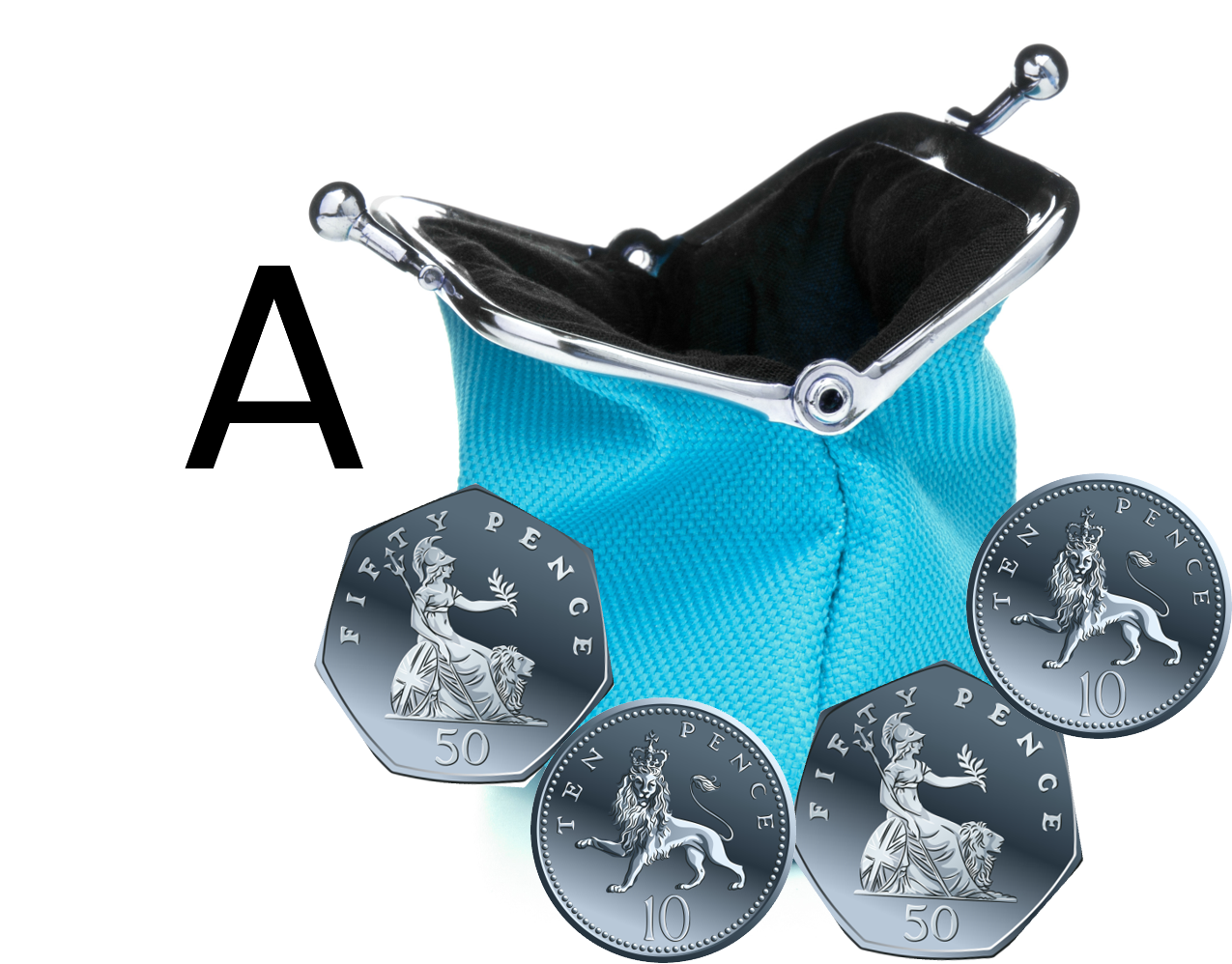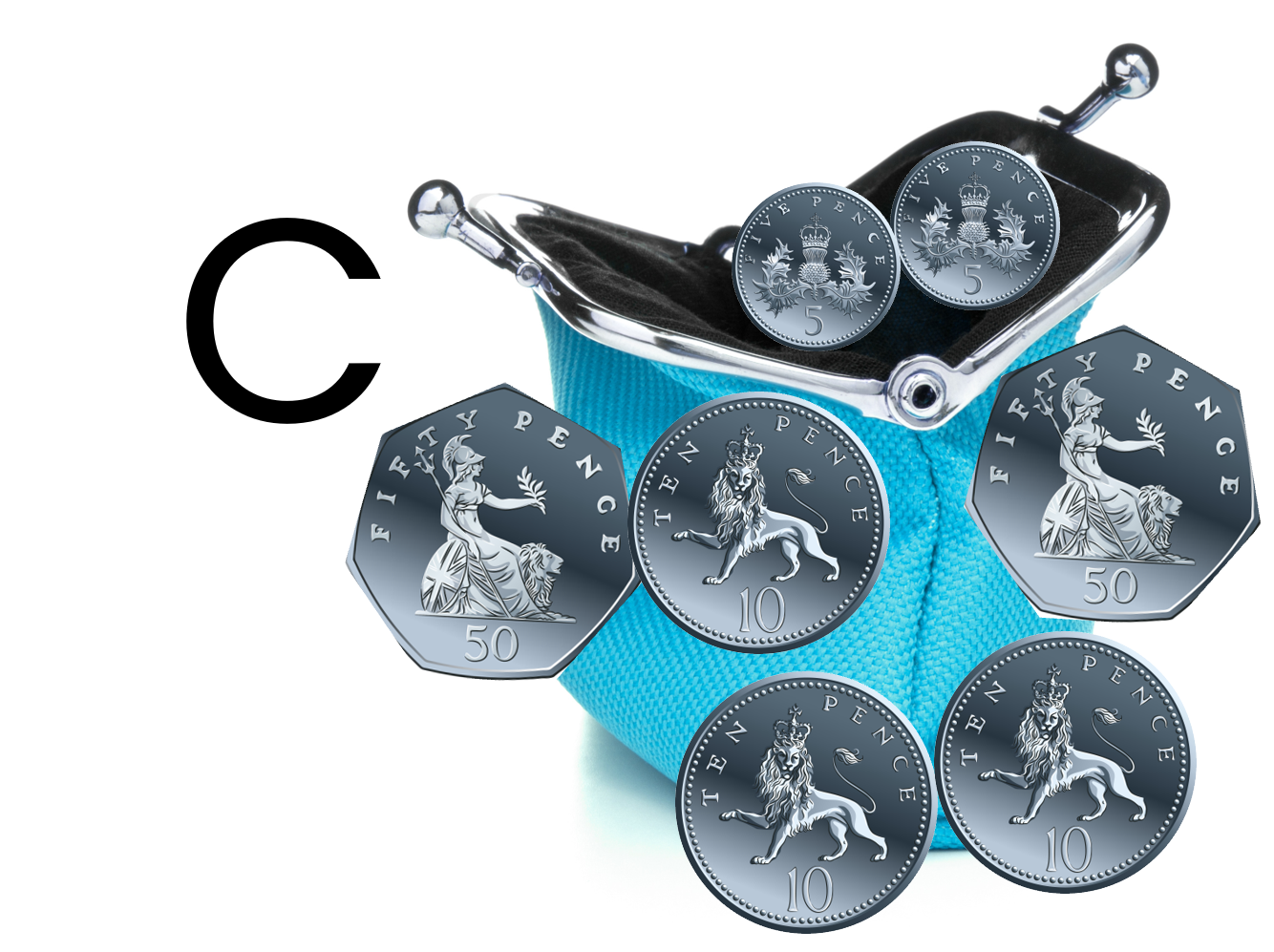
Money, money money... it's everywhere and this means that children are exposed to money and what these little discs or notes represent from a young age. It's therefore hardly surprising that money is taught in both Key Stage 1 and 2 of the National Curriculum. Below, we've created some money-related tasks for your key stage 1 child to complete but before they get started, here are our top tips when it comes to talking money with your child.
Teacher Top Tips: How to introduce money into the home:
Use physical coins and save them in a place where the children can actually see them building up. E.g in a transparent cup.
Give the children a realistic short-term goal when it comes to their savings. Expensive items will take them far too long for them to see the benefits of saving, choose something that they'll be able to buy within a few weeks.
Take your child to the shop with their saved money and let them choose what they want to buy by counting out the money needed (they may need your help here) and paying for it themselves.
This should give your child a real hands-on experience on saving money and being able to spend it. What better way to learn than to live the experience!
Now, to the task at hand!
Ok, now it's over to your child. Why not work through the following tasks together to get them thinking about money. If possible use real money to help them work out the answer to the first task.
Saving your own money could mean that you could buy things for yourself, so you see, it pays to understand money! We're going to look a little bit closer at the best ways to do this.
Task 1
The first thing we need to do is save up our money. Saving just means that we collect the money, you may keep this in a piggy bank?
If we are given 20p a day to make our bed every morning, how much money would we save in one full week?
Choose the purse below which shows the correct amount of money we would have saved after 7 days.



Task 2
So... we've worked hard to make our bed every morning to earn 20p a day. We did this for a week and managed to save £1.40. Now we can go to the shop and spend our money! We have been saving to buy our favourite sweets.
We don't quite have enough money to buy all of our favourite sweets but we could buy a few different combinations.
What combinations of sweets could we buy using the £1.40 we've saved without there being any change given?

Task 3
In the end, we decided to save some of our money and not spend it all! We bought a packet of smarties, a lollipop and a packet of sweets. How much money did we have left? Please write the number sentences you need to be able to work this out.
We've decided that we are going to try and save another £1.40 next week, if we have the money saved from today as well, will we have enough to buy a chocolate bar and a packet of smarties?
If you've enjoyed getting your head around these money matters, why not try these other EdPlace activities to put your understanding to the test?
All activities are created by teachers and automatically marked. Plus, with an EdPlace subscription, we can automatically progress your child at a level that's right for them. Sending you progress reports along the way so you can track and measure progress, together - brilliant!
Counting Cash: Adding different coins
Counting Cash: Paying for items
Keep going! Looking for more activities, different subjects, or year groups?
Click the button below to view the EdPlace English, maths, science, and 11+ activity library
All English, maths and science from Year 1 - GCSE
Answers
Task 1
If we are given 20p a day and there are 7 days in a week this means we are adding 20p a total of 7 times which is: 20 + 20 + 20 + 20 + 20 + 20 + 20 = 140p
Remember that there are 100 pence in £1, this means that 140p is £1 and 40p which is written £1.40.
If you count up how much is in each purse and note down the amount you will be able to find the purse which holds the correct amount of £1.40.
Purse A - 50p + 50p + 10p + 10p = £1.20
Purse B - 50p + 10p + 10p + 10p = 80p
Purse C - 50p + 50p + 10p + 10p + 5p + 5p = £1.40
Therefore, purse C is holding the correct amount of money.
Task 2
Here are all of the different combinations of sweets that we could buy:
1 Chocolate bar + 1 Sweets - £1 + 40p = £1.40
1 Chocolate bar + 2 Lollipops - £1 + 20p + 20p = £1.40
2 Smarties + 1 Sweets - 50p + 50p + 40p = £1.40
2 Smarties + 2 Lollipops - 50p + 50p + 20p + 20p = £1.40
1 Sweets + 5 Lollipops - 40p + 20p + 20p + 20p + 20p + 20p = £1.40
2 Sweets + 3 Lollipops - 40p + 40p + 20p + 20p + 20p = £1.40
3 Sweets + 1 Lollipop - 40p + 40p +40p + 20p = £1.40
7 Lollipops - 20p + 20p + 20p + 20p + 20p + 20p + 20p = £1.40
There were a lot of different combinations, well done if you found any of these and a BIG well done if you found them all!
Task 3
a) Smarties + Lollipop + Sweets = 50p + 20p + 40p = £1.10
We started with £1.40 and spent £1.10. Therefore we subtract £1.40 - £1.10 = 30p
So, we had 30p left.
b) If we take the 30p we had left and add it to the £1.40 we will save next week we will have: £1.40 + 30p = £1.70
Chocolate bar + Skittles = £1.50
So yes, we will have enough money to buy the chocolate bar and the sweets! (We could even get a lollipop too!)







